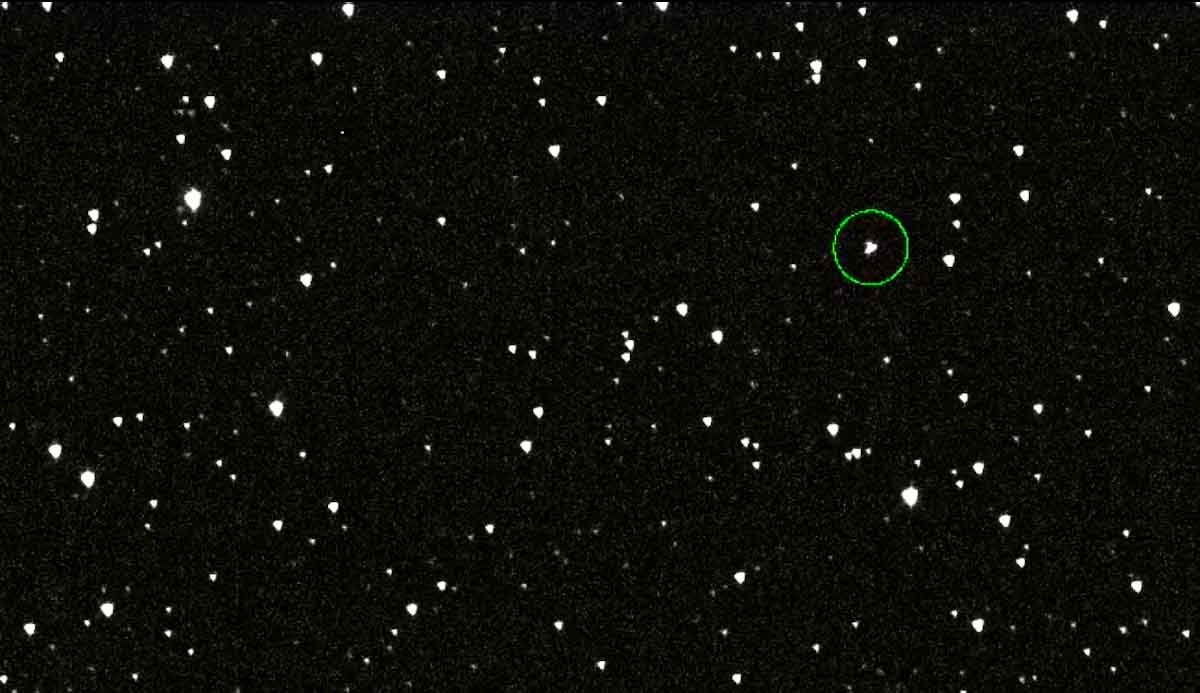In December 2024, astronomers identified a new near-Earth object, designated Asteroid 2024 YR4, sparking discussions about its potential impact on Earth. Initial observations suggested a 1% chance of collision in 2032, nii which later escalated to 3.1%, marking a historic peak for an asteroid of its size. However, recent data has significantly reduced this probability to 0.28%, alleviating immediate concerns.
New data gathered last night (Feb. 19-20) dropped the December 2032 impact odds of asteroid 2024 YR4 to 0.28%. Monitoring continues. https://t.co/LuRwg1eaCv https://t.co/O4NnL4PaTf
— NASA (@NASA) February 20, 2025
Asteroid 2024 YR4: Characteristics and Initial Assessments
Asteroid 2024 YR4 measures approximately 130 to 300 feet (40 to 90 meters) in diameter, comparable to a large building. An impact from an object of this size could release energy equivalent to 7.8 megatons of TNT, potentially causing extensive localized damage.
Upon its discovery, the asteroid was assigned a Level 3 rating on the Torino Impact Hazard Scale, indicating a close encounter with a 1% or greater chance of collision capable of causing localized destruction.
Fluctuating Impact Probabilities
The initial 1% impact probability was based on limited observational data. As astronomers gathered more information, the estimated risk increased to 3.1% by February 18, 2025, the highest ever recorded for an asteroid of this magnitude.
This escalation was due to the refinement of the asteroid’s projected orbit as more data became available.
Recent Observations and Risk Reduction
In late February 2025, astronomers resumed observations under darker skies, which are essential for detecting faint objects like 2024 YR4. These additional observations allowed for a more accurate determination of the asteroid’s trajectory.
By February 20, 2025, the impact probability had decreased to 0.28%, prompting a downgrade to Level 1 on the Torino Scale.
This level indicates a routine discovery with a very low likelihood of impact, warranting minimal public attention.
Potential Lunar Impact
While the threat to Earth has diminished, there’s now a 1% chance that 2024 YR4 could collide with the Moon on December 22, 2032. Such an event would create a crater between 500 to 2,000 meters wide, releasing energy comparable to 5.2 megatons of TNT. The impact could be visible from Earth, potentially appearing brighter than the full Moon.
Ongoing Monitoring and Future Observations
NASA’s planetary defense teams, in collaboration with international observatories, continue to monitor 2024 YR4. The asteroid will remain observable until April 2025, after which it will become too faint to detect until it re-emerges in June 2028. Continuous monitoring is crucial to refine its orbit and assess any future risks accurately.
Public Assurance and Preparedness
Despite initial concerns, the current assessment indicates that Asteroid 2024 YR4 poses a minimal threat to Earth. NASA and other space agencies emphasize the importance of ongoing observations to ensure accurate predictions and preparedness.
The situation underscores the effectiveness of global planetary defense initiatives in identifying and mitigating potential asteroid threats.
In conclusion, while Asteroid 2024 YR4 initially presented a notable risk, enhanced observational efforts have significantly reduced the likelihood of an Earth impact.
The scientific community remains vigilant, utilizing advanced technologies and international collaboration to monitor such near-Earth objects, ensuring the safety and preparedness of our planet.
